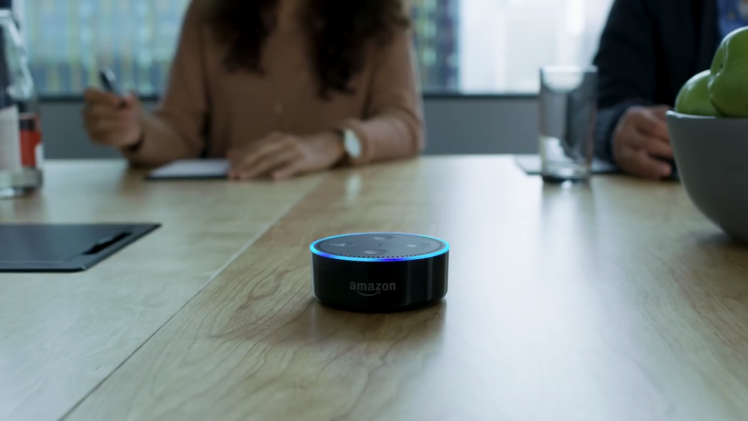Watch all the Transform 2020 sessions on-demand here.
Voice assistants like Alexa are a quick and easy way to get the skinny on the weather, breaking news, sports scores, calendar appointments, and more. But for folks who are hard of hearing or longtime audio content consumers, assistants’ rigid speech rates can make some replies difficult to parse.
That’s why Amazon is introducing a new Alexa feature that lets users choose from several speaking rate speeds with voice commands. It’s rolling out to all Alexa-enabled devices in the U.S. starting today.
“We heard from customers that they would like the ability to change Alexa’s speaking rate for a variety of reasons,” said Amazon’s head of Alexa for Everyone Sarah Caplener. “We’re thrilled to introduce this feature to help customers further personalize their interactions with Alexa, and adapt the experience to best fit their individual needs.”
There are seven speeds from which to choose in addition to Alexa’s standard speaking rate: four speedier rates and two slower speech rates. (Amazon said that the former was informed by blind- and low-vision users who prefer feedback at a faster clip.) Saying “Alexa, speak slower” will decrease the rate; saying “Alexa, speak faster” will increase it; and saying “Alexa, speak at your default rate” will reset it.
June 5th: The AI Audit in NYC
Join us next week in NYC to engage with top executive leaders, delving into strategies for auditing AI models to ensure fairness, optimal performance, and ethical compliance across diverse organizations. Secure your attendance for this exclusive invite-only event.
“We’re humbled by the initial response to this feature from customers who helped us build this and look forward to continuing to deliver impactful features for all our customers,” added Caplener.
The debut of Alexa’s adjustable speech rate follows on the heels of accommodating features like Tap to Alexa, which lets Echo Show owners access weather forecasts, news headlines, timers, and more by tapping rearrangeable shortcuts on the Show’s screen. Amazon Captioning, which launched in the U.S. last year and internationally more recently, provides captions for Alexa’s responses on Echo devices with a screen and transcribes incoming voice messages.
Amazon isn’t the only tech giant investing in accessibility, of course, and for good reason: The World Health Organization estimates that over 1 billion people, or 15% of the population, live with some sort of disability.
Google unveiled three separate accessibility efforts targeting users with speech impairments, deafness, and limited mobility at its I/O 2019 developer conference, and in July it detailed an open source AI tool, Parrotron, that aims to help those with atypical speech become better understood by voice assistants. Meanwhile, last September saw the unveiling of Microsoft’s Soundscape, a navigation app that uses binaural audio — sound recorded with two microphones arranged to create a 3D stereo sound sensation — to help visually impaired users build mental maps and make personal route choices in unfamiliar spaces.


